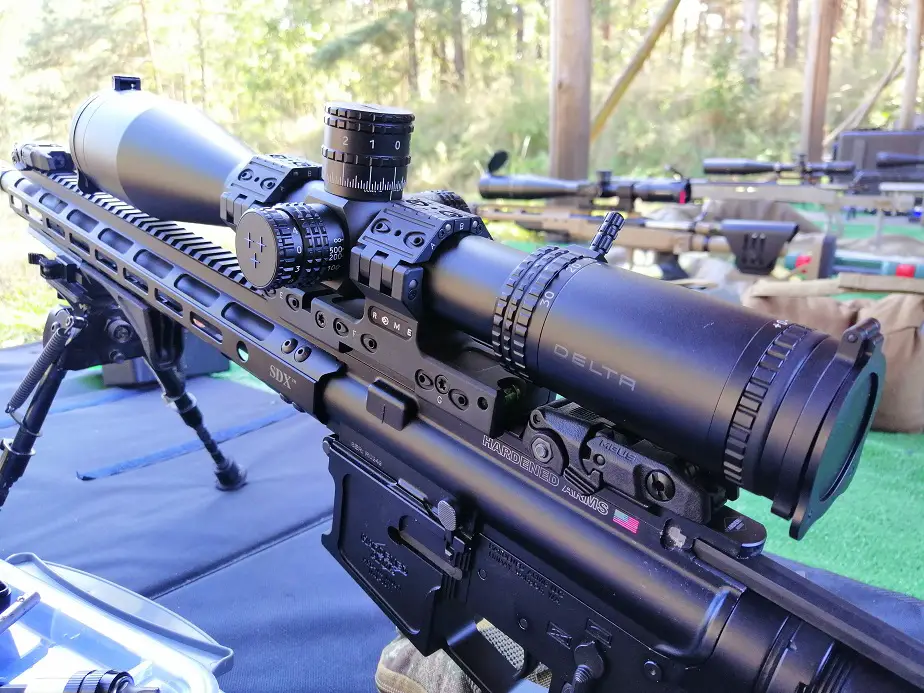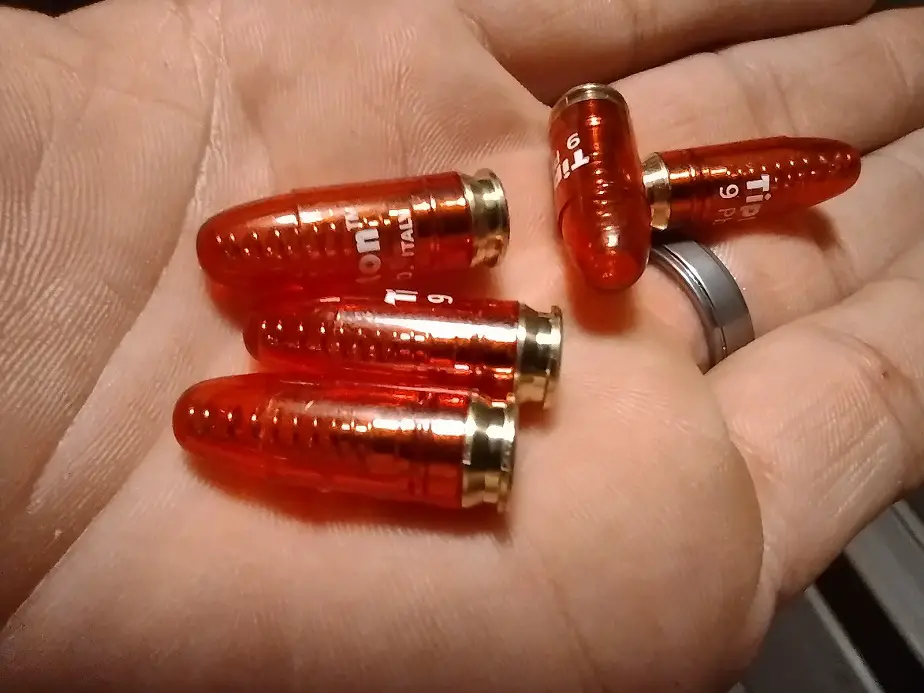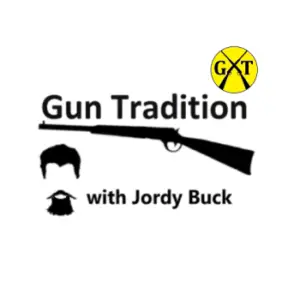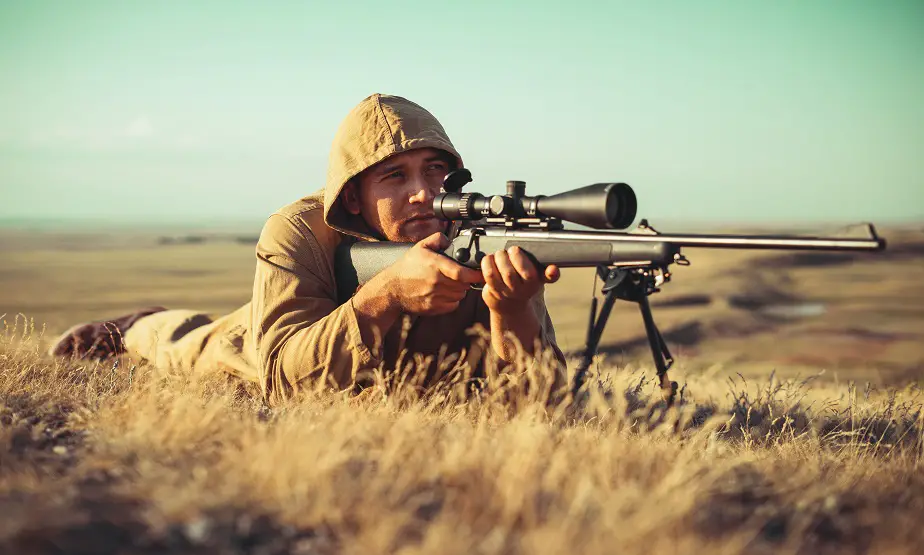As a firearm instructor, I teach about dry firing in every class.
Dry firing a gun is shooting it without bullets. It is a recommended method to improve a shooter’s accuracy by concentrating on proper trigger pull and grip without noise and recoil. It’s a training method you can safely do in your own home, and without using up your ammo.
When I stress to students the importance of dry firing, I’m in good company. Every champion shooter agrees that dry firing is essential and necessary to build and maintain your shooting skill.

Why is Dry Firing Important?
Dry firing is probably the most useful training exercise you can do to increase your skill. Not only does it not use up your ammo, but you’ll also actually have the chance to pay attention to small details that will increase your shooting skills.
Here’s the big issue with regular shooting. The second most important action in accurate shooting, after how to hold your gun, is having a good trigger pull. You might think you have a good trigger pull, but chances are, it needs work and you can’t really tell.
Generally, as the trigger breaks over, your grip will change slightly. That makes the gun move a tad. But you can’t tell things moved because of a loud bang, and the recoil of the gun. There are 2 things going on at the same time, Minute body movements, and an explosion within your gun.
Your brain ignores the micro sensory input of a small twitch of your fingers and concentrates on the massive sensory input of what your gun is about to do. The recoil, report (bang) and muzzle flash create a sensory overload in your brain and you almost can’t really pay attention to the very small stuff.
We can find out what we are doing wrong by shooting an empty gun to look for and smooth out the flinching issue. You might say “I don’t flinch”. In reality, we all do to some extent. If you’ve never dry fired, you may have a pretty good flinch and not know it.
Shooting an empty gun lets us practice the important stuff without our mind having to be concerned with boom, flash, recoil. Every shooter should be dry firing fairly regularly. Try it, I guarantee you’ll be happy with the results.
How Often Should I Dry Fire?
It’s recommended to dry fire once a week. A good dry firing session is generally 50 or 100 trigger presses. Make sure to cycle the gun after each trigger press so the trigger will fully function. Laser training cartridges make dry firing much more productive.
Honestly, you should probably be dry firing more than you actually fire. Besides the fact that it’s free and you can do it in your living room, it’s more useful to your shooting than sending bullets downrange. I would say that you should dry fire at least as often as you actually go shooting.
Your defensive firearm is what you should be dryfiring most. If you’re going to have a defensive firearm, you’d better know how to use it well. Something like a hunting rifle or shotgun, you should at least dry fire it a few times before the season.
My wife and I have been trying to keep to a dry firing schedule of once a week, every Sunday. While it doesn’t always happen, it happens enough to be really useful. ‘m no pistol expert, but my groups shrunk down in half from dryfiring semi-regularly. My wife was able to overcome her astigmatism and learn to aim instinctively through dry fire practice with a laser cartridge.
How proficient are you willing to become? If you have a gun to protect your family, how much is that family worth to you? You can get off easy and not practice often or well, or you can train and practice diligently, because it may be required one day.

Will Dry Firing Hurt my Gun?
Dry Firing will not damage centerfire rifles, pistols or shotguns. It may damage the firing pin or breech block on some rimfire guns, but man popular rimfire guns are safe to dryfire.
It’s a common recommendation to dry fire guns these days, but that didn’t use to be so. My dad vehemently preached “never shoot an empty gun, it’ll break the firing pin”. That’s not really how it works though.
When you dry fire a centerfire cartridge, the firing pin doesn’t contact anything. It’s not hard on the firing pin at all. In fact, dry firing is easier on a firing pin than actually shooting it, particularly with a semi-auto pistol.
I wrote a full-length article on “Can Dry Firing Hurt My Gun”. Here is a link to it.
What guns Can’t be Dry fired?
In rimfire some older rimfire guns, the firing pin may smack the breech block. That can peen, chip, or crack the end of the firing pin. It could also cause a small chip in the breech block. Rimfire may be dry fired with an empty case in the chamber to ensure no firing pin damage.

Do I need Snap Caps to Dry Fire?
Snap caps are not necessary for dry-fire practice. They will not make it easier on your firing pin or save your gun from damage. The exception is rimfires. Some old-style rimfires should have either a snap cap or empty cartridge in the camber during dry-firing.
Snap caps are simply inert, artificial ammo to give your firing pin something to hit when fry firing. They are better used for practicing loading and cycling your weapon.
Is it Safe to Dry Fire My Guns?
The Ruger 10/22 is one example of a rimfire to dry fire without a problem. Old guns or guns with cheap firing pins are likely to have issues. If the firing pin steel is too soft, it may peen on the end and get stuck in the firing pin channel.
Dry firing is a safe practice but can be very dangerous if you don’t follow firearm safety guidelines. Always ensure the gun is unloaded. Do not allow any ammo or loaded magazines in the area you are dryfiring in. Always point your gun in a safe direction even when you know it’s unloaded.
Many careless people have shot holes in walls or TV screens while dryfiring, even though they “knew it was unloaded”. A simple slip of the brain can cause a dangerous and scary situation. You can’t afford that, so stick strictly to the rules. Guns are completely safe if only you stick to the rules.

A Laser Makes Dry Firing Fun and Productive
Laser training cartridges are awesome! If you have a defensive handgun, you need a laser training cartridge. I’m not talking about a bore sighter cartridge, but those can work too. the best laser cartridge to get for dry fire practice is one that only shows the dot when you pull the trigger.
I’m not joking, these things are invaluable. There are a lot of them on the market. a really popular one is the Mantis X training System. It’s expensive but has all the bells and whistles. it’s very popular with serious shooters. Here is a link to know more about it.

My personal laser training cartridge is the Taryag Laser cartridge. it’s solid, but on the cheaper end. I paid around $35 on Amazon for it. it’s good for 2,000 dry fires per set of batteries. it comes with two sets of batteries which are no longer around after my 3-year old “played “with the box

